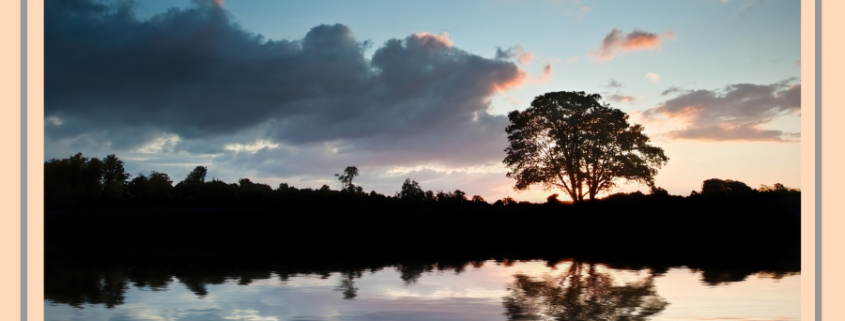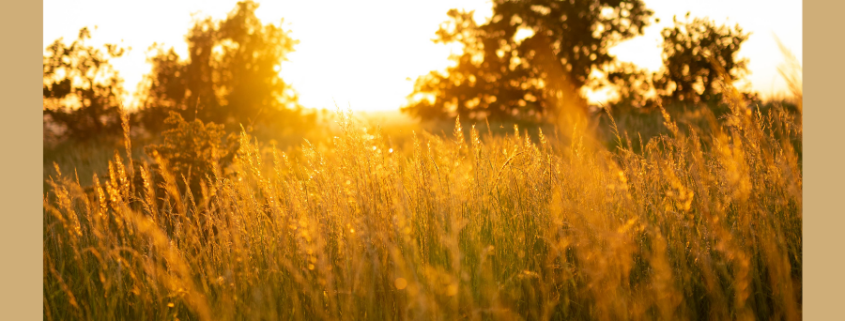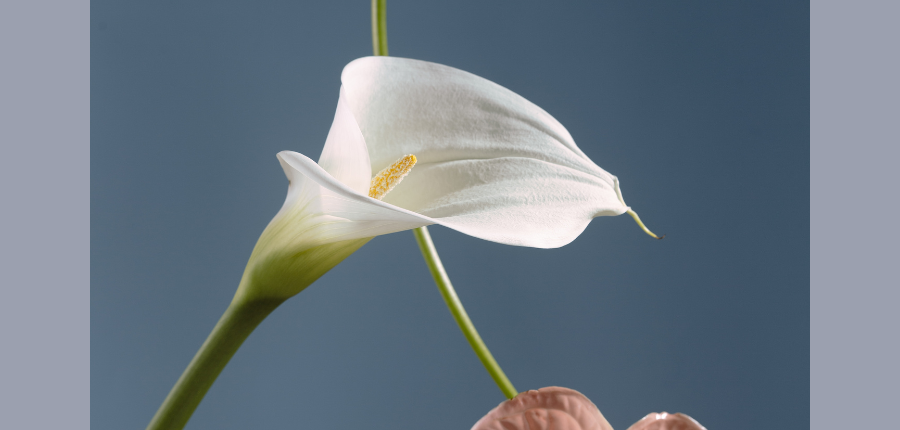Mindfulness is a non judging, receptive awareness. Unfortunately, most of the time we don’t pay attention in this way. Instead we react, judging wether we like, dislike or can ignore what is happening. We measure our experience against expectation, We evaluate ourselves and others with a stream of commentary and criticism.
When people initially turn to meditation they hope to become calm and peaceful. Usually they are in for a big shock. Learning mindfulness reveals it’s opposite. An unseen stream of judgement and evaluation. Or we may feel bored and dislike the boredom. We hear a sound and wish for quiet. We have a body ache and wish we had a different seat. We can’t feel our breath and fear we are doing it all wrong. We notice our mind chattering and feel like a failure. Then we have a thought of someone we are angry at and get upset, caught in that story…..on and on.
When we are mindful, we sit in experience without judgement or expectation. This is how it is.
We often compare where we are to others. We compare ourselves to how we have been on other days. But we don’t have to.
We can put aside these weapons of judgement. We can learn to accept reality for what it is.
I like the term weapons of judgement because that’s exactly what they are. Judgement is protective. Tools we are using to protect ourselves, like weapons. Protecting ourselves from disappointment, from feeling left out, from being less than, not meeting a societal expectation.
We know that our various mind states are ever changing. And when we are in judgement, it can tip into unwholesome states like anger that we aren’t some way, dissapointment or sadness that we aren’t a certain way or have a certain thing, jealousy that someone else is a certain way, even fear that things we hope for won’t ever happen. It can also expand into positive states if we frame it that way. We can hold admiration for what someone has achieved, gratitude for what we do have, satisfaction that we are enough, and recognize our own potential.
Transforming Jealousy to Joy
I want to frame jealousy for just a moment though. When we compare ourselves to some aspect of our former selves – it could be I used to have a better haircut, those pants used to fit, I used to be able to do X, we are actually invoking jealousy for something that isn’t present. It also lacks self compassion to turn comparison on ourselves. We all do this in small ways. We might blame ourselves and think we should be better, or other than we actually are.
“Mindfulness is not and cannot be about improving yourself, because you are already whole, already complete, already perfect, including all of your imperfections.” – Jon Kabat Zinn
Jealousy often arises when we compare ourselves to others. In this day of social media, it’s very easy to get caught up in this kind of comparison. It’s designed to make us jealous. People posting snippets of their lives that leave out anything negative and show themselves in an envy inducing light. Sometimes this works, sometimes we may see through it. Either way, here is a suggestion.
When we see someone doing well, we can also choose sympathetic joy. Sympathetic joy is the idea of feeling joy for a person who is in a good place. Thinking “I’m happy for them” instead of “I wish my life was that perfect.” (Also we know their life isn’t perfect because there is no such thing.)
It’s a powerful turn. To go from jealousy to joy.
We can make the choice to enliven ourselves with joy when we see others succeeding in some way.
In doing so, we incline ourselves towards joy and reduce the human tendency towards negativity.
Sitting mindfully with our sorrows and fears is an act of courage. It is NOT easy. We all have things we don’t want to face, even if they are buried deep, sometimes they arise when we make space for them.
Letting them arise and giving them space – acceptance – is the path to letting them go.
With patience and courage, we can learn how to sit in our difficuly. How to let floods of emotions arise and fall and not run away. Our culture trains us to push down, to run away from what is unpleasant. This counterintuitive practice of allowing and accepting things we don’t like can be very hard to adapt to.
When we drop away from the judgement and simply see these things for what they are, we can relax and let them go, steady the mind and come back to the present.
“By facing the fear and terror I became free.” – Buddha
Jack Kornfield tells a story of his life as a young monk in Thailand. When a body was brought in to the monetary for cremation, they would take it into the forest to a funeral pyre. The monks would sit and attend to the fire, gradually leaving until one monk would remain overnight in the forest to tend the fire. He says “ As it turned out, sitting in the dark forest with it’s tigers and snakes was easier than sitting with my inner demons. My insecurity, loneliness, shame and boredom came up. All my frustrations and hurts. Sitting with these took more courage than sitting in the dark jungle. Little by little I learned to face them with mindfulness, to make a clearing within the dark woods of my own heart.”
We cling to things we have because we don’t want them to change. We crave things we don’t have thinking they will make a difference. Once we accept that everything is changing all the time, we can let go of attachment and craving. 
The Great News of Impermanence
When we meditate, we observe all things coming and going. Feeling tone in the body. The body is ever changing and we can observe that when we sit. We notice sounds rise and fall, maybe a breeze comes into the room.
The bad news is that nothing stays the same. And that is also the good news! Nothing stays the same, so when we things aren’t great we can know this is temporary and things will improve. That is the incredible good news of impermanence.
The key to acceptance is presence. We learn how to accept this impermanence by being present to the moment we are in now. It’s all we have – don’t miss it! If we spend all our time lost in thought of past or future, we truly miss what is going on now. This is where mindfulness can change everything. There is continuous possibility in the present moment. This is where we can make an impact. In the moment.
We can reduce our own suffering when we accept impermanence, stop resisting and appreciate that this moment will pass.
This feeling of acceptance is open, it is expansive. Saying yes. When we are in this space of allowing, this is the energetic feeling. You might have a sensation of relaxing, not resisting. Recognize this feeling. We can call upon it when we need to be accepting.
There is the saying “where attention goes, energy flows”. We can bring our attention to this state of mind to create acceptance in ourselves.
When we push against what is, things we don’t want….and resist, they stick. We can only release what we want to let go of when we move into a state of allowing. Allowing things to be as they are creates a softness where we can let go.
“Impermanence is a principle of harmony. When we don’t struggle against it, we are in harmony with reality.” – Pema Chodron
Mindfulness makes us resilient and flexible. We can release judgement, find acceptance and know that everything is ever changing. Such good news!




